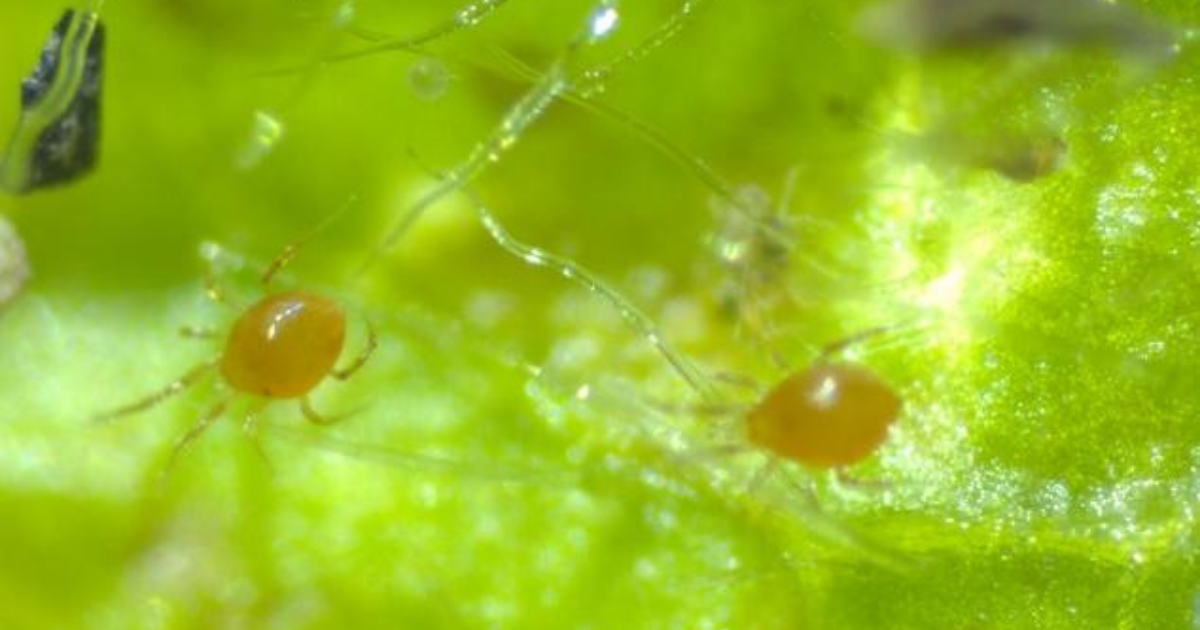Rahz
Well-Known Member
If you have eradicated a mite infestation, give a short explanation on how it was done.
Infestation #1: limited to veg area. Used Doktor Doom (pyrethrin) fogger and then repeated 3 days later. Problem solved.
Infestation #2: In perpetual flower area. Can't fog so have been using a pyrethrin concentrate in a spray bottle. Been going on for about 4-5 months now. At first I was very conservative with the spray. Currently I've been doing semi daily drenches with the spray bottle, top and bottom of leaves. I've noticed the plants don't particularly like pyrethrin but damage doesn't seem to scale with use. The plants adapt. I stop doing the drench when flowers start to form and focus on the fan leaves, especially the lower ones. I think I am getting close to eradication. I have one set of plants that are showing mild signs but almost ready for harvest. At this point I'm spraying what I can and manually removing any leaves that are showing mite damage. I have learned they're easier to spot on the underside of leaves and remove those as well.
The floor is toxic with insecticide to prevent migration. I am hopeful these efforts will pay off and I can say I have no more mites soon.
If I begin to believe the drenches will not reduce the mite count to zero I'm thinking of switching to predatory mites. Just stock up on them and start releasing them every other day for several weeks. And if that doesn't work, I will have to clear the room for several weeks which would be a big loss. Someone tell me there's hope for getting rid of mites in a perpetual chamber
Infestation #1: limited to veg area. Used Doktor Doom (pyrethrin) fogger and then repeated 3 days later. Problem solved.
Infestation #2: In perpetual flower area. Can't fog so have been using a pyrethrin concentrate in a spray bottle. Been going on for about 4-5 months now. At first I was very conservative with the spray. Currently I've been doing semi daily drenches with the spray bottle, top and bottom of leaves. I've noticed the plants don't particularly like pyrethrin but damage doesn't seem to scale with use. The plants adapt. I stop doing the drench when flowers start to form and focus on the fan leaves, especially the lower ones. I think I am getting close to eradication. I have one set of plants that are showing mild signs but almost ready for harvest. At this point I'm spraying what I can and manually removing any leaves that are showing mite damage. I have learned they're easier to spot on the underside of leaves and remove those as well.
The floor is toxic with insecticide to prevent migration. I am hopeful these efforts will pay off and I can say I have no more mites soon.
If I begin to believe the drenches will not reduce the mite count to zero I'm thinking of switching to predatory mites. Just stock up on them and start releasing them every other day for several weeks. And if that doesn't work, I will have to clear the room for several weeks which would be a big loss. Someone tell me there's hope for getting rid of mites in a perpetual chamber


 the little varmints
the little varmints